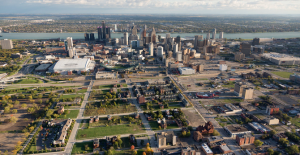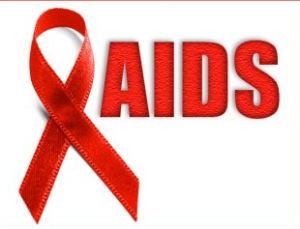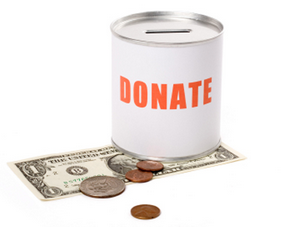
In a few years, it’s possible that the streets of Detroit could be home to a bustling tech industry.
While Detroit has gained a reputation as a run-down slum where crime and unemployment are rampant, it seems like a revival of the Motor City could be coming soon. Earlier this year, entrepreneurs, corporations and people working in government and economic development gathered to talk about the future of the city at the Detroit Policy Conference. And as of late, entrepreneurship has played a large role in these discussions. From urban farming to small business to high-tech startups, entrepreneurs have played a key role in the revitalization of Detroit.
Especially for a tech entrepreneur, there are quite a few advantages that can make starting up a company in Detroit a lot easier than in other tech hot spots that go beyond low rent. Talent in Detroit has been re-tooling to fit tech jobs. This isn’t surprising, since Metro Detroit has one of the highest populations of STEM grads and jobs in the US due to the area’s history with auto manufacturing. There’s also a movement now to help more and more Detroiters to get into programming. New organizations have been springing up that help Detroiters learn to code, including the tech training institute Grand Circus, Sisters Code, Girl Develop It Detroit and Apprend.
Accelerators in Detroit have been supporting tech startups. The city has a handful of great technology programs that help teach entrepreneurs to get off the ground running. In Downtown Detroit, Bizdom’s accelerator helps entrepreneurs get seed funding and support. This accelerator is backed by billionaire Dan Gilbert, who founded and grew Quicken Loans to become of the largest online mortgage lenders in the US. Recently, startup Techstars launched a mobility program in Detroit headed by venture capitalist Ted Serbinski. With the success of Techstars and the mentorship network tapping into Detroit to help mobility startups, Detroiters are hoping to see more entrepreneurs playing off the region’s strengths.
Detroit is getting a high-speed fiber upgrade as well. Billionaire Dan Gilbert is also backing a new tech startup in Detroit called Rocket Fiber, which is working on hooking up businesses in Downtown Detroit to gigabit Internet speeds. It was started by a team of local entrepreneurs who decided to create their own Fiber after they learned that Google Fiber wasn’t planning on a stop in Detroit. Fiber services are estimated to hook up Detroit’s downtown residences and businesses to 1 gig speeds later this year, helping to bring forward faster Internet to help get even more new tech innovations going. Under the leadership of Detroit’s Mayor Mike Duggan, even more new programs have been rolling out to help entrepreneurs.








